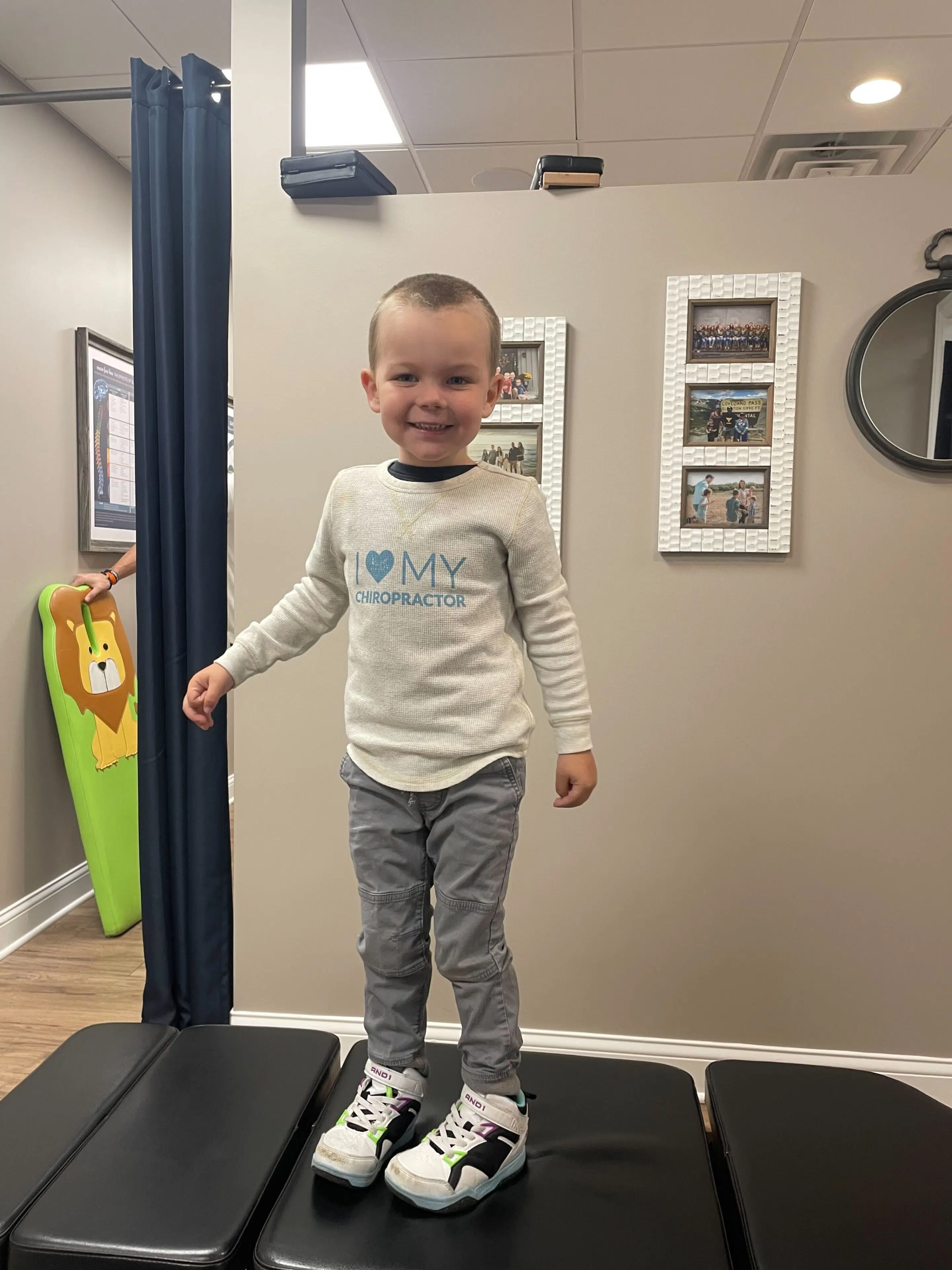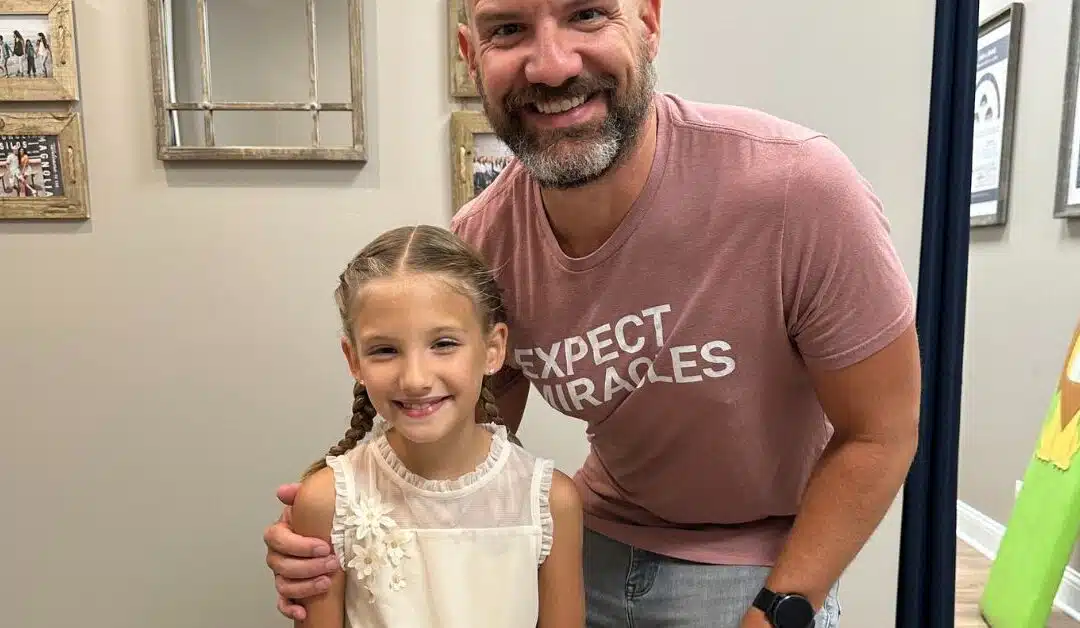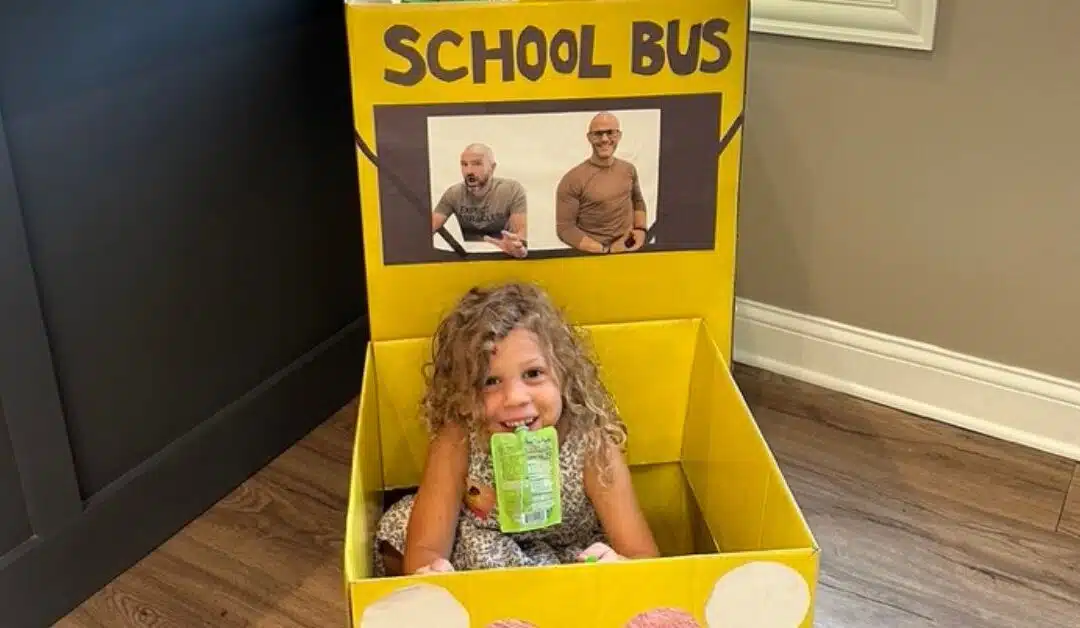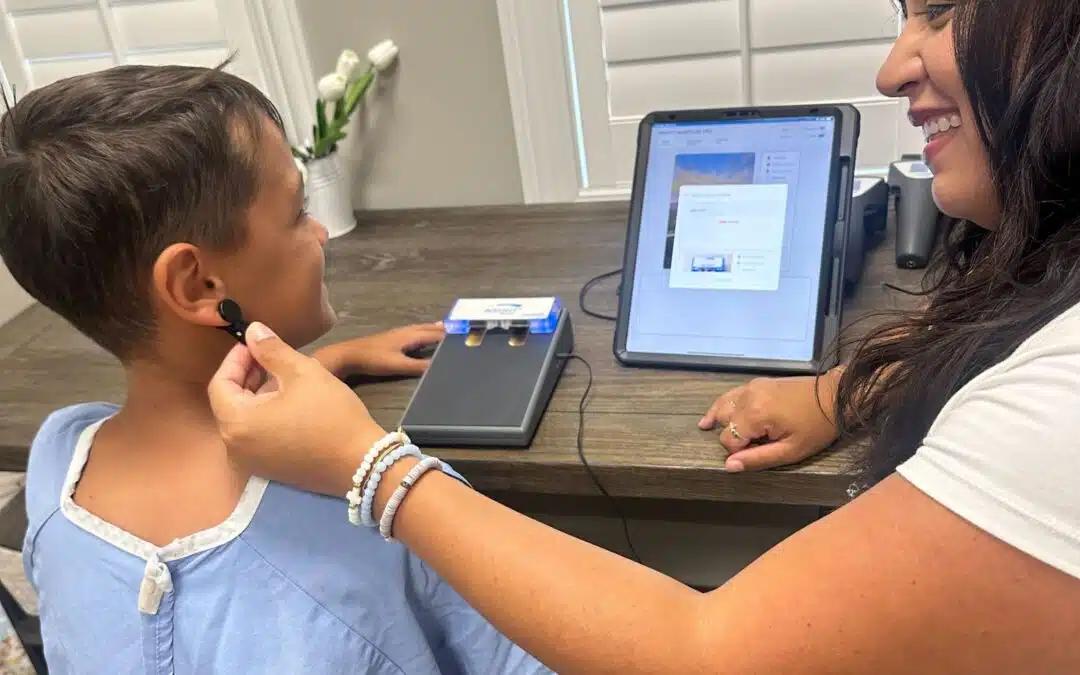Neurostorming is a complex neurological phenomenon that occurs predominantly in pediatric patients suffering from severe brain injuries. It represents an intense, dysregulated response from the body’s nervous system to brain trauma and is the result of an overreactive “fight or flight” sympathetic nervous system response. This condition can cause significant distress and severe symptoms, making it a critical focus for healthcare professionals in pediatric neurology and trauma care.
When I first met little Scarlett, a newly turned one-year-old girl struggling with seizures, neurostorming, and significant developmental delays triggered by a stressful pregnancy and rough labor and delivery, the number one thing impacting her sleep and daily quality of life was her neurostorming. Then, compounding the issue, her medical team had her loaded up on multiple heavy hitting medications from Vigabatrim, Epidiolex, Phenobarbital, Gabopentin, Baclofin, and even a Clonodine patch to try and lessen her seizures and neurostorming. Sadly, they were doing little to help but were very much contributing to her cognitive and motor developmental delays.
What is Neurostorming?
Neurostorming is an acute medical condition observed chiefly in individuals who have experienced significant traumatic brain injuries (TBI). It happens when the brain, injured and distressed, prompts an excessive, uncontrollable reaction from the body’s sympathetic nervous system. Imagine the body’s standard “fight-or-flight” response but amplified many times over without any real external danger. This hyperactivation can lead to symptoms such as severe fever, rapid heart rate, elevated blood pressure, and intense sweating. The symptoms are manifestations of the body being in a persistent state of heightened alertness due to the brain injury.
The Science Behind Neurostorming
At the core of neurostorming is the sympathetic nervous system, which, under normal circumstances, helps regulate the body’s responses to stress and danger. However, when a traumatic brain injury occurs, this system can go into overdrive, leading to the symptoms described above. This imbalanced and dysregulated response of the autonomic nervous system is known as dysautonomia.
Understanding the neurological mechanisms that trigger these responses is crucial for developing effective treatments and interventions. This is why so many families turn to Neurologically-Focused Pediatric Chiropractic Care to try a drug-free form of calming their child’s constant neurostorming.
Diving deeper into the science, the real trigger to neurostorming is not just an overactive and hypersensitive sympathetic nervous system but also an underactive, suppressed, and dysfunctional parasympathetic nervous system. The parasympathetic nervous system is the “braking and handling” side of the nervous system, responsible for calming, relaxation, regulation, digestion, sleep, and so forth.
Neurostorming and the Vagus Nerve
The parasympathetic system is primarily governed by the vagus nerve which branches from the brainstem and is therefore often significantly interfered with during traumatic brain injuries at birth or through other accidents. Vagus nerve dysfunction then leads to an under responsive parasympathetic regulatory and calming response, leaving the threshold for neurostorming far lower than it should be.
Research on Neurostorming and Birth Trauma
While the specific term “neurostorming” may not be frequently used in studies of birth trauma, the underlying physiological processes—particularly those involving autonomic dysregulation—can certainly be relevant. Here’s what the existing research suggests about similar conditions in the context of birth trauma:
- Birth Trauma and Brain Injury:
- Neurological Implications: Infants can experience brain injuries due to oxygen deprivation (hypoxic-ischemic encephalopathy), mechanical injuries during labor and delivery, or complications from premature birth. These conditions can lead to neurological dysfunctions similar to those seen in TBI patients, potentially including severe autonomic disturbances.
- Studies and Findings: Research has shown that severe brain injuries in newborns can lead to dysautonomic symptoms later in their development, which might resemble the symptoms of neurostorming. These include altered heart rate, unstable blood pressure, temperature dysregulation, and other autonomic symptoms.
- Mechanisms of Injury:
- Direct Injury: Physical trauma during birth, such as the use of forceps or vacuum extractors, can cause direct injury to the infant’s brain or head, leading to acute neurological symptoms.
- Indirect Injury: Indirect effects, such as those caused by severe, prolonged labor or cord accidents, can also lead to conditions that might provoke a neurostorming-like response due to brain stress or injury.
- Autonomic Nervous System (ANS) Dysfunction:
- Research Basis: There is documented evidence that traumatic injuries to the brain can disrupt the normal functioning of the ANS, leading to what might be termed neurostorming in broader clinical dialogue.
- Symptoms Post-Injury: These disruptions can manifest as sporadic, intense episodes of sympathetic hyperactivity (similar to neurostorming), in which the patient shows elevated stress responses that are disproportionate to external stimuli.
The physical components of these various injuries often lead to subluxation, which is a significant misalignment, reduced range of motion, and resultant neurological interference and dysfunction. In particular, if this subluxation is found in the upper cervical or upper thoracic region, it’s more likely to interfere with the function of the vagus nerve and lead to dysregulation, dysautonomia, and neurostorming.
Identifying Neurostorming: Signs and Symptoms
Neurostorming can be identified by a characteristic set of symptoms, which include but are not limited to:
- Elevated heart rate
- High fever
- Hypertension (high blood pressure)
- Excessive sweating
- Muscular contraction, tension, and distortion of body positioning
Early recognition of these signs is vital for timely intervention and can significantly influence the recovery trajectory of the affected individuals.
Causes and Triggers of Neurostorming
Neurostorming primarily results from traumatic brain injuries. External factors such as environmental stimuli and other sensory triggers can also exacerbate or precipitate an episode. Understanding these triggers is a critical component in the management and care of patients experiencing neurostorming.
Managing Neurostorming: Approaches and Treatments
Treatment strategies for neurostorming are varied, with traditional medicine and neurologists relying almost exclusively on prescription medications, which come with a significant list of side effects that can delay overall neurodevelopment. Therefore, parents today put a significant emphasis on approaches that avoid the use of drugs where possible, consistent with PX Docs’ philosophy and approach.
Neurologically-Focused Pediatric Chiropractic Care does not seek to treat or cure neurostorming, but instead looks to address its root causes of nervous system dysregulation, dysautonomia, and dysfunction. By lessening subluxation and resultant sympathetic dominance, many patients see a lessening of their symptoms and challenges, which helps improve sleep, digestion, motor development, and overall quality of life.
Long-Term Outlook and Recovery
The prognosis for children experiencing neurostorming varies, but with early and effective management, many can achieve a good quality of life. Success stories and case studies from treatments, particularly involving interdisciplinary care approaches, provide hope and insight into the recovery process.
Conclusion
Neurostorming is a severe, often distressing condition that arises in the wake of traumatic brain injuries, particularly in children. Early and accurate identification of symptoms, combined with comprehensive care strategies, can greatly improve outcomes for affected individuals. The role of specialized pediatric care, such as that provided by PX Docs, is indispensable in caring for this challenging condition.
For Scarlett, within the first week of her Neuro Intensive Adjusting Program that we offer through our practice, she started to experience less neurostorming, as well as improvements in sleep, digestion, and motor function. This led to a major improvement in her quality of life, and she has continued to see incredible improvement with ongoing care back home with her PX Doctor in California.
If you suspect your child is experiencing neurostorming, or if you are seeking expert advice on drug-free care that addresses the root cause of the condition, we encourage you to reach out and “Find a PX Doc” specializing in Neurologically-Focused Pediatric Chiropractic Care to ensure the best possible outcome for your child.





